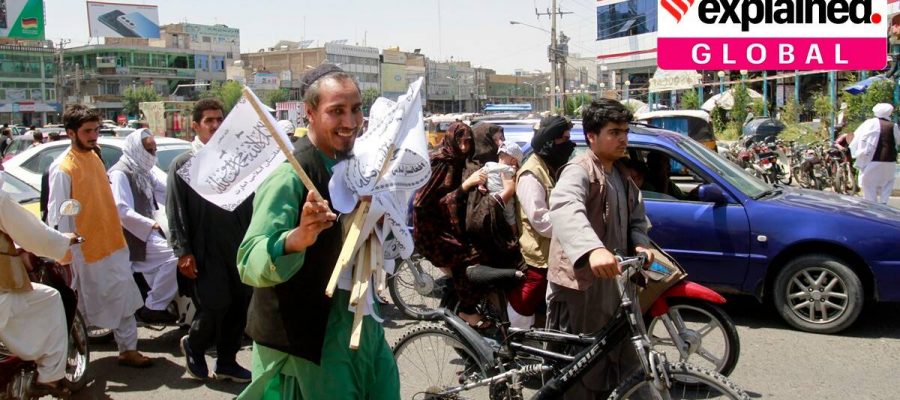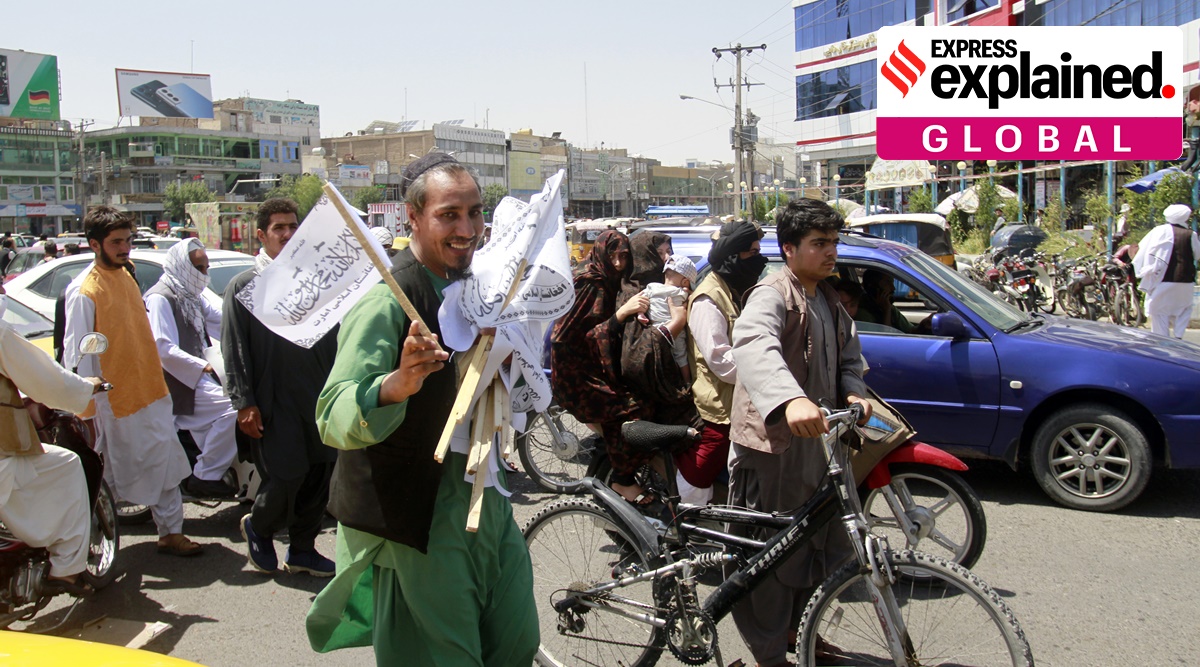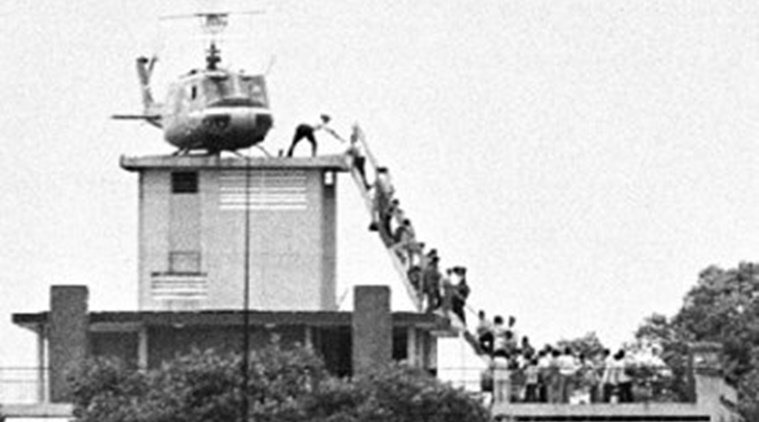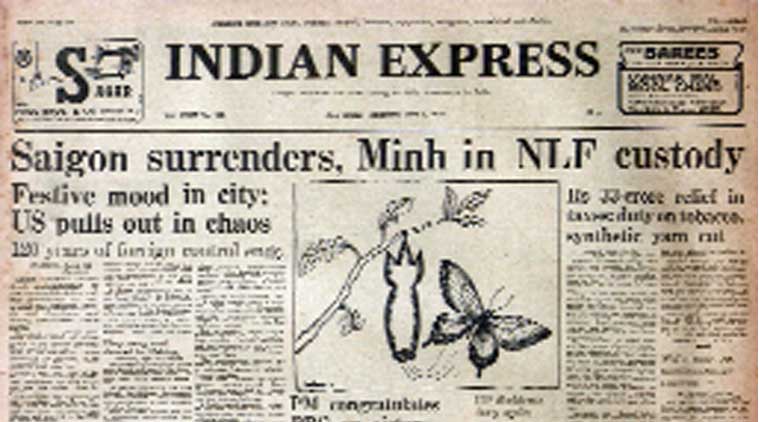In 1975, Saigon, the capital of US-backed South Vietnam, fell to Communist-ruled North Vietnam two years after the withdrawal of the American military which had been in the country for 19 years.
The Taliban, who in less than eight weeks have swept through Afghanistan taking all major cities including Mazar-i-Sharif, Kandahar and Herat among others, on Sunday entered the outskirts of capital Kabul, but said they were awaiting a “peaceful transfer” of the city.
The insurgents also issued a statement saying that they have no plans to Kabul “by force” even as sounds of gunshots echoed in the capital.
The United States, which had waged its longest-running conflict in history to drive the Taliban out from Afghanistan since 2001, was on Thursday reduced to announcing emergency deployment in Kabul in a last-minute effort to evacuate its diplomats, citizens and soldiers, as the Taliban continued to advance.
On social media, the withdrawal of forces by Washington is now being likened to the fall of Saigon, a somewhat similar catastrophe that befell the US almost half a century ago when Saigon, the capital of US-backed South Vietnam, fell to Communist-ruled North Vietnam two years after the withdrawal of the American military which had been in the country for 19 years.
Newsletter | Click to get the day’s best explainers in your inbox
Saigon’s capture on April 30, 1975 (it was later renamed after North leader Ho Chi Minh) signalled the end of the Vietnam War, and the Communists consolidated their hold over the entire country in the next few months. Similarly, many security analysts now fear that the Taliban could establish complete control over Afghanistan in the near future.
What happened on April 30, 1975?
The Vietnam War—the first televised war in the world—was a bloody conflict that left 58,000 Americans and 2,50,000 Vietnamese dead, and ended with the US being thrown out of the Southeast Asian country.
The war lasted from 1954, when North Vietnam’s legendary General Vo Nguyen Giap defeated French colonial troops at the famous strategic spot, Dien Bien Phu, until 21 years later when the same military leader vanquished the Americans and their South Vietnamese protégés at Saigon.
Because it was televised, people across the world saw its horrors on screens, and opposition to this so-called “dirty war” was global. Even within the US, crowds chanted, “Hey, hey, LBJ. How many kids have you killed today?” referring to the then-US President Lyndon B Johnson.
At the height of its presence in the country, the US stationed almost 5 lakh soldiers in Vietnam (five times more than the peak US presence in Afghanistan in 2010).
On April 30, 1975, when Saigon fell to the Communists, TV and the next morning’s newspapers showed large groups of Americans, soldiers and civilians on the roof of the US embassy, waiting to be rescued by their country’s military helicopters. As each helicopter was overfilled and rose a few feet, dozens clung to its skids and jumped down on aircraft carriers before the chopper could land.
That very day, four hours after a US helicopter evacuated the last of a dozen Americans, the National Liberation Front (the Communists) captured the city. Saigon surrendered unconditionally, ending 120 years of foreign occupation.
A report carried on the front page of The Indian Express on May 1, 1975 stated: “One street scene perhaps epitomised Saigon’s abject fall today — a tank of the National Liberation Front smashed through the main gates of the presidential palace disregarding the attempts of an unarmed South Vietnamese soldier trying to open them first. Minutes later, the flag of the Provisional Revolutionary Government (PRG) — red and white with a gold star — was waving from the palace.”
The report also carried a cartoon by the veteran journalist Abu Abraham (now deceased) depicting Vietnam as a butterfly emerging from its cocoon on an olive branch.
Reuters’s Saigon correspondent wrote then that the first NLF troops to enter the city centre were a Jeep load of barefoot, teenage guerrillas, followed by regular soldiers clad in jungle fatigues and carrying assault rifles and rocket launchers.
In Washington, US Secretary of State Henry Kissinger told the media that the US hoped to crystallise a new Asia policy in the wake of the fall of Saigon.
What position did India take at that time?
The then Prime Minister Indira Gandhi congratulated the North on its victory and added that “the failure of the US policy” was “due to its propping up unrepresentative governments”.
The Indian Express report at that time stated: “…in a veiled criticism of the foreign policy attitudes associated with Dr Henry Kissinger, Indira Gandhi said that the balance of power model certainly did not provide an answer. The idea that four or five or six great powers interacting among themselves could preserve peace in the world was an extension of the ideas developed in Europe in the 19th century. The world has become extremely complex.”
The statement by Indira Gandhi was not unexpected, and reflected what had been India’s position on Vietnam since she became prime minister nine years before that.
In 1966, when she went on a state visit to the US just two months after her ascension to the top job in India, Gandhi refused to tell President Lyndon B Johnson that India “shared America’s agony over Vietnam”, as had been the wish of her top advisors. “All she was prepared to say to LBJ was: ‘India understands your agony’,” the late veteran journalist Inder Malhotra wrote for this paper in a 2015 column.
Source: Read Full Article






